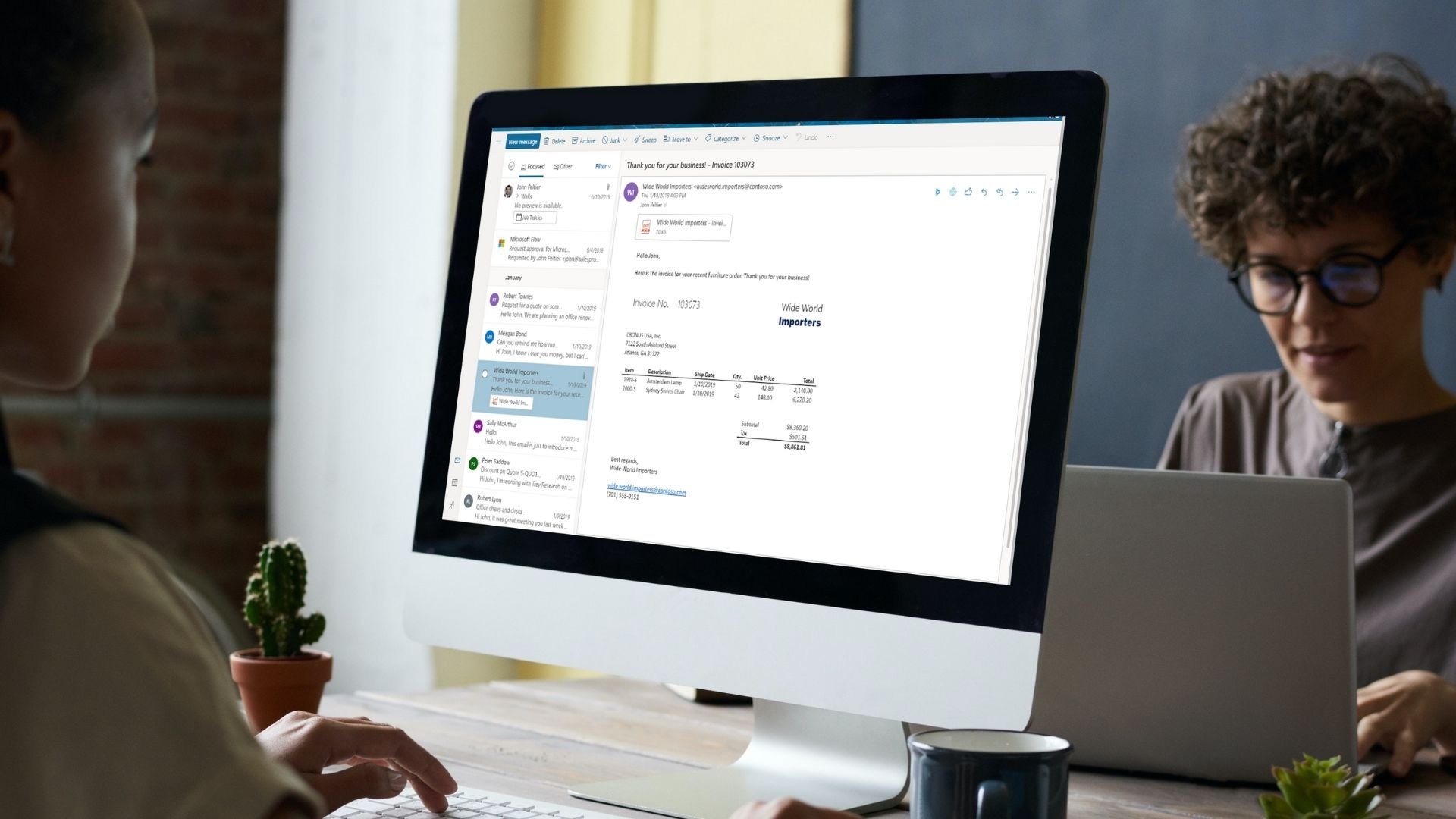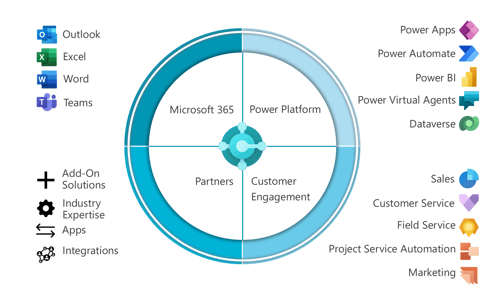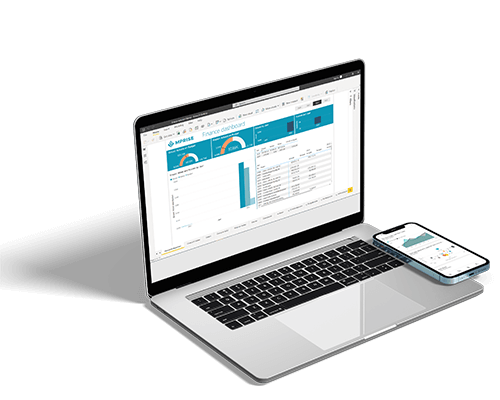Titel
Improve results with Dynamics 365
-
Knowledge
Learn more about Dynamics in the Mprise Academy
-
Optimization
Making smarter use of Dynamics F&O
-
Modernize
Start with Dynamics 365 or Power Platform
Back to Mprise Agriware.nl





.png?width=500&height=563&name=Power%20Apps%20in%20het%20Power%20Platform%20(1).png)
.png?width=750&height=422&name=Power%20Automate%20flows%20in%20Power%20Platform%20(1).png)
